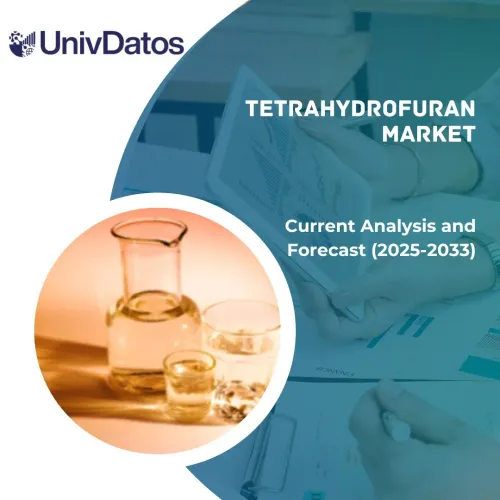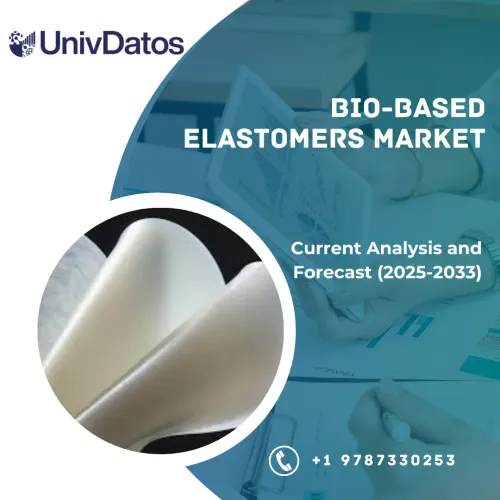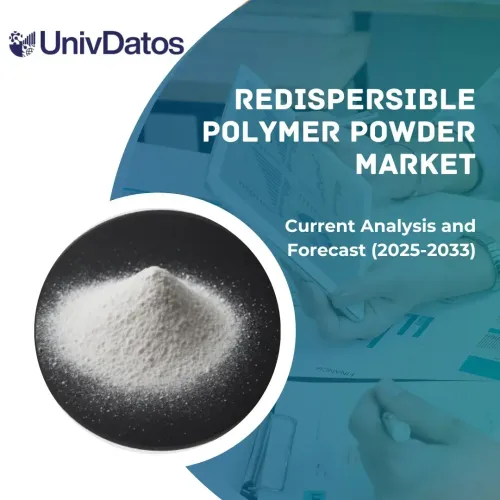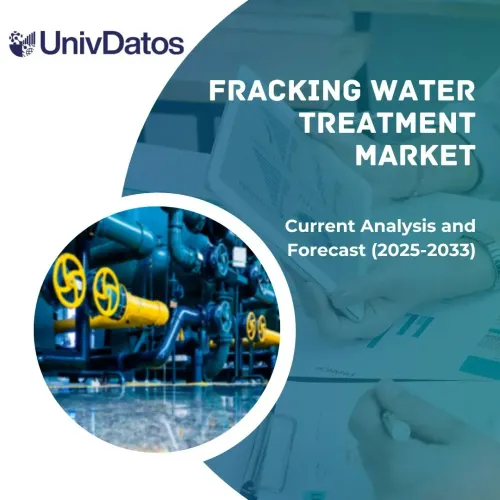フレキシブルパッケージング市場:現状分析と予測(2022年~2028年)
原材料(紙、プラスチック、金属)の重視、用途(食品・飲料、医薬品、化粧品、その他)、地域/国
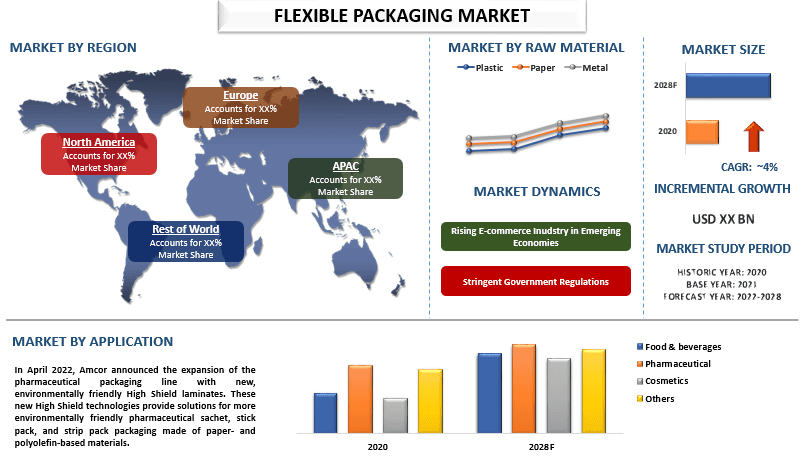
世界のフレキシブルパッケージング市場は、製品の賞味期限の延長に対する需要の増加と、顧客に優しいパッケージングに対する需要の増加により、予測期間中に約4%のCAGRを目撃すると予想されています。さらに、消費者の外食傾向の増加と、革新的なファストフードチェーンの数の増加が、QSRチェーンセグメントの推進要因となっています。したがって、包装食品に対する需要の増加と、フレキシブルパッケージングの使いやすさと費用対効果が相まって、市場の需要を押し上げると予想されます。フレキシブルパッケージングは、食品、飲料、医薬品、およびさまざまな消耗品を保存、流通、およびパッケージングするための最も効率的で費用対効果の高いアプローチです。
さらに、その多くのエネルギーおよび環境上の利点により、パッケージング業界はフレキシブルパッケージングに移行しています。さらに、メーカーは、フレキシブルパッケージング用の生分解性ポリマーの使用とその環境への影響に関する懸念が高まっているため、安全で安全な環境に優しいパッケージングの選択肢を提供することを余儀なくされています。
市場で活動している主要なプレーヤーには、Amcor Plc、Berry Global Inc.、Mondi Group、Sealed Air Corporation、Coveris Holdings SA、UFlex Limited、Huhtamaki Group、Proampac LLC、WIPF Doypak (Wipf AG)、FlexPak Services LLCが含まれます。
レポートで提示された洞察
「原材料の中で、2020年の世界市場ではプラスチックカテゴリーが最大のシェアを占めました」
原材料に基づいて、市場は紙、プラスチック、金属に分割されています。2020年には、プラスチックセグメントが最大の収益シェアを占めました。フレキシブルプラスチックパッケージングは、リサイクルが容易で、防水性があり、頑丈であるため、eコマース業界で広く使用されています。プラスチックは、衝撃吸収性が高く、構造的および熱的安定性が高く、絶縁体として機能するため、果物、肉、乳製品などの生鮮食品に最適な包装材料です。したがって、FMCG製品、家庭用品および必需品、および医療必需品の需要の増加の結果として、カテゴリーの着実な成長が予想されます。ただし、プラスチックの使用は厳しい法律で禁止されており、市場の拡大を妨げると予想されます。
「アプリケーションの中で、医薬品アプリケーションは予測期間中に高い成長率を示すと予想されます」
アプリケーションに基づいて、フレキシブルパッケージング市場は、食品および飲料、医薬品、化粧品、およびその他に分割されています。食品および飲料業界は、市場で大きなシェアを占めています。ただし、医薬品アプリケーションは、予測期間中に高い成長率を示すと予想されます。さらに、主要企業は革新的な製品の開発に多額の投資を行っています。たとえば、2022年4月、Amcorは、新しい環境に優しいハイシールドラミネートを使用した医薬品パッケージングラインの拡張を発表しました。これらの新しいハイシールドテクノロジーは、紙およびポリオレフィンベースの材料で作られた、より環境に優しい医薬品サシェ、スティックパック、およびストリップパックパッケージングのソリューションを提供します。
「APACが市場で大きなシェアを保持する」
APACは市場で過半数のシェアを占めており、予測期間中に大きなCAGRで成長すると予想されています。これは主に、食品および飲料、ヘルスケア、パーソナルケアセクターなどのエンドユース産業の爆発的な成長に起因します。さらに、アジア太平洋地域の食品産業は巨大な規模であり、したがって、この地域の経済発展の見通しにおける重要な要素です。さらに、いくつかのレストランおよびフードチェーンの運営会社は、リーチを拡大し、収益を向上させるために、デジタルプラットフォームでのプレゼンスを向上させています。さらに、UBER Eats、Zomatoなどのオンラインポータルは、レストラン業界のプレーヤーが配達注文とテイクアウトの数を増やすのに役立っています。したがって、フレキシブルパッケージングの需要を生み出しています。
さらに、厳しい政府規制により、メーカーは生分解性廃棄物から環境に優しく生分解性の食品包装材料の製造に熱心に取り組んでいます。
このレポートを購入する理由:
- この調査には、認証された主要な業界専門家によって検証された市場規模と予測分析が含まれています。
- このレポートは、業界全体のパフォーマンスの概要を一目で示しています。
- このレポートは、主要なビジネス財務、製品ポートフォリオ、拡張戦略、および最近の開発に焦点を当てて、著名な業界ピアの詳細な分析をカバーしています。
- 業界で普及している推進要因、制約、主要なトレンド、および機会の詳細な調査。
- この調査は、さまざまなセグメントにわたる市場を包括的にカバーしています。
- 業界の地域レベルの詳細な分析。
カスタマイズオプション:
グローバルフレキシブルパッケージング市場は、要件またはその他の市場セグメントに応じてさらにカスタマイズできます。これに加えて、UMIはお客様独自のビジネスニーズがあることを理解しているため、お客様の要件に完全に適合するレポートを入手するために、お気軽にお問い合わせください。
目次
フレキシブルパッケージング市場分析の調査方法 (2022年~2028年)
グローバルフレキシブルパッケージング市場の過去の市場を分析し、現在の市場を推定し、将来の市場を予測することは、グローバルな主要地域におけるフレキシブルパッケージングの採用を構築および分析するために行われた3つの主要なステップでした。過去の市場数を収集し、現在の市場規模を推定するために、徹底的な二次調査が実施されました。次に、これらの洞察を検証するために、多数の調査結果と仮定が考慮されました。さらに、グローバルフレキシブルパッケージング市場のバリューチェーン全体にわたる業界の専門家との徹底的な一次インタビューも実施されました。一次インタビューを通じて市場数を仮定および検証した後、完全な市場規模を予測するためにトップダウン/ボトムアップアプローチを採用しました。その後、市場の内訳とデータ三角測量法を採用して、業界のセグメントおよびサブセグメントの市場規模を見積もり、分析しました。詳細な方法論を以下に説明します。
過去の市場規模の分析
ステップ1:二次ソースの詳細な調査:
年次報告書と財務諸表、業績プレゼンテーション、プレスリリースなどの企業内部ソース、およびジャーナル、ニュースと記事、政府刊行物、競合他社の刊行物、セクターレポート、サードパーティデータベース、その他の信頼できる刊行物などの外部ソースを通じて、フレキシブルパッケージング市場の過去の市場規模を取得するために詳細な二次調査を実施しました。
ステップ2:市場セグメンテーション:
フレキシブルパッケージング市場の過去の市場規模を取得した後、主要地域のさまざまなセグメントおよびサブセグメントに関する過去の市場の洞察とシェアを収集するために、詳細な二次分析を実施しました。主なセグメントには、原材料と用途としてレポートに含まれています。さらに、その地域におけるテストモデルの全体的な採用を評価するために、国レベルの分析を実施しました。
ステップ3:要因分析:
さまざまなセグメントおよびサブセグメントの過去の市場規模を取得した後、フレキシブルパッケージング市場の現在の市場規模を推定するために、詳細な要因分析を実施しました。さらに、フレキシブルパッケージングのさまざまな原材料や用途など、依存変数と独立変数を使用して要因分析を実施しました。グローバル全体のフレキシブルパッケージング市場セクターにおけるトップパートナーシップ、M&A、事業拡大、製品発売を考慮して、需要と供給側のシナリオについて徹底的な分析を実施しました。
現在の市場規模の推定と予測
現在の市場規模:上記の3つのステップからの実行可能な洞察に基づいて、現在の市場規模、グローバルフレキシブルパッケージング市場の主要企業、およびセグメントの市場シェアに到達しました。必要なすべてのパーセンテージシェア分割と市場の内訳は、上記の二次的アプローチを使用して決定され、一次インタビューを通じて検証されました。
推定と予測:市場の推定と予測では、ステークホルダーが利用できる推進要因とトレンド、制約、機会を含むさまざまな要因に重みが割り当てられました。これらの要因を分析した後、主要市場全体でさまざまなセグメントおよびサブセグメントについて、2027年の市場予測に到達するために、関連する予測手法(つまり、トップダウン/ボトムアップアプローチ)が適用されました。市場規模を推定するために採用された調査方法論は、以下を包含します。
- 収益(USD)および国内の主要市場全体でのフレキシブルパッケージング市場の採用率の観点から見た、業界の市場規模
- 市場セグメントおよびサブセグメントのすべてのパーセンテージシェア、分割、および内訳
- 提供される製品の観点から見た、グローバルフレキシブルパッケージング市場の主要企業。また、急速に成長している市場で競争するためにこれらの企業が採用している成長戦略
市場規模とシェアの検証
一次調査:主要地域全体のトップレベルのエグゼクティブ(CXO/VP、営業部長、マーケティング部長、運用部長、地域部長、カントリーヘッドなど)を含む主要なオピニオンリーダー(KOL)との詳細なインタビューを実施しました。次に、一次調査の結果を要約し、述べられた仮説を証明するために統計分析を実行しました。一次調査のインプットは二次的調査結果と統合され、情報が実行可能な洞察に変わりました。
さまざまな地域における一次参加者の分割
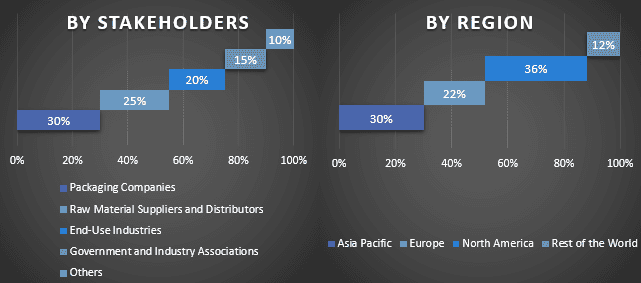
市場エンジニアリング
データ三角測量法を採用して、グローバルフレキシブルパッケージング市場全体の市場推定を完了し、各セグメントおよびサブセグメントの正確な統計数値を導き出しました。グローバルフレキシブルパッケージング市場における原材料と用途の分野におけるさまざまなパラメーターと傾向を調査した後、データをいくつかのセグメントとサブセグメントに分割しました。
グローバルフレキシブルパッケージング市場調査の主な目的
グローバルフレキシブルパッケージング市場の現在および将来の市場動向は、調査で正確に特定されました。投資家は、調査で実施された定性的および定量的分析に基づいて、投資に関する裁量を決定するための戦略的洞察を得ることができます。現在および将来の市場動向は、地域レベルでの市場の全体的な魅力を決定し、産業参加者が未開拓市場を活用してファーストムーバーの利点を享受するためのプラットフォームを提供しました。調査のその他の定量的な目標には、以下が含まれます。
- 金額(USD)の観点から見た、フレキシブルパッケージング市場の現在および予測される市場規模を分析します。また、さまざまなセグメントおよびサブセグメントの現在および予測される市場規模を分析します。
- 調査のセグメントには、フレキシブルパッケージング業界の規制フレームワークの原材料および用途分析の分野が含まれます。
- 業界の顧客と競合他社の行動を分析するとともに、さまざまな仲介業者の存在に関連するバリューチェーンを分析します。
- 主要地域におけるフレキシブルパッケージング市場の現在および予測される市場規模を分析します。
- レポートで調査された地域の主要国には、アジア太平洋、ヨーロッパ、北米、およびその他の地域が含まれます。
- フレキシブルパッケージング市場の企業プロファイルと、急速に成長している市場で持続するために市場参加者が採用している成長戦略
- 業界の深い地域レベルの分析
関連 レポート
この商品を購入したお客様はこれも購入しました

